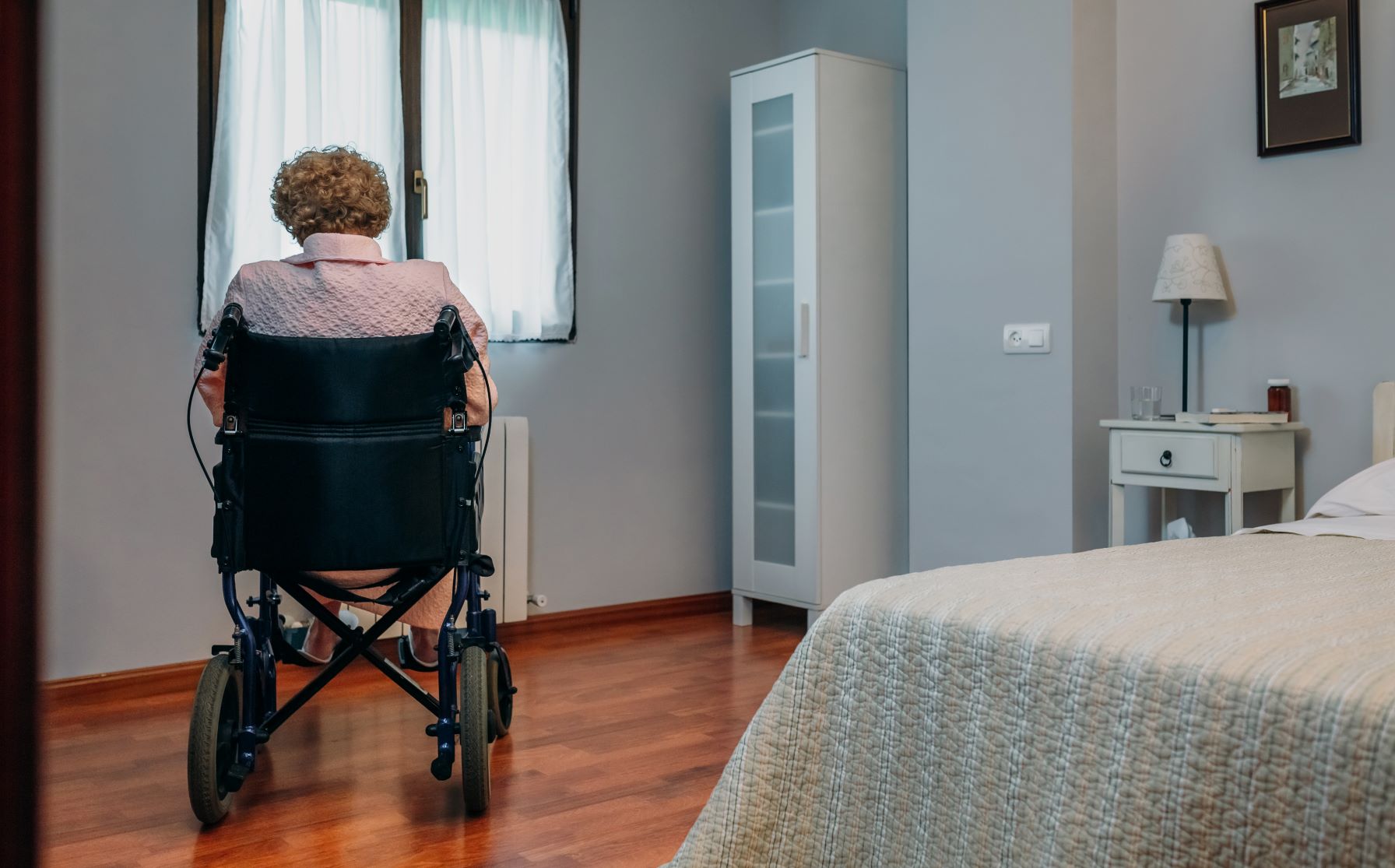AARP Hearing Center
Rhode Island Cases Reach New Dashboard Highs, PPE and Staff Shortages Continue
New Public Policy Institute paper outlines recommendations for long-term care quality improvements

PROVIDENCE – The latest update of the AARP Nursing Home COVID-19 Dashboard finds Rhode Island’s nursing homes continue to face alarming trends. As COVID-19 brings to light longstanding flaws in the nation’s long-term care system, AARP’s Public Policy Institute also unveiled a new report in a series on strategies to improve the quality of long-term services and supports (LTSS).
In the four weeks analyzed, October 19 to November 15, AARP’s dashboard reports that Rhode Island nursing homes had a dramatic increase in resident and staff cases, and a higher percentage of facilities reporting they are without a 1-week supply of PPE.
- 4.3 COVID-19 cases per 100 residents, up from 2.7 in the previous four-week period
- .48 COVID-19 deaths per 100 residents, unchanged from .48
- 4.8 staff COVID-19 cases per 100 residents, up from 1.6
- 19.7% of nursing homes without a 1-week supply of PPE, up from 16.7%
- 32.4% of nursing homes with staffing shortages, down from 34.6%

“With coronavirus surging across the country, nursing home residents and staff remain in grave danger as the virus reenters nursing homes and other facilities at an alarming pace,” said AARP State Director Kathleen Connell “Facilities continue to have shortages of the staff and PPE needed to keep residents and workers safe and stop the spread. Our state leaders must act now to save lives.”
As the pandemic continues to place a spotlight on the shortcomings of the country’s long-term care system, the AARP Public Policy Institute has launched LTSS Choices, a multifaceted project designed to advance the transformation and modernization of the nation’s long-term services and supports (LTSS) system. A new report in the series examines the effects of the COVID-19 pandemic on long-term care facilities and solutions to improve quality. Recommendations highlighted in the report include:
- Keeping current plans in place for emergencies that address both resident and staff needs
- Creating state LTSS emergency operations and response centers to identify emergency needs and deploy resources
- Increasing resident access to telehealth as a supplement to in-person care
- Ensuring resident care plans address their isolation, risk for depression, and ability to interact with loved ones
- Ensuring long-term care staff have health insurance, paid sick leave, and competitive wages
- Encouraging new models of LTSS facilities that can improve infection control with private rooms and bathrooms
- Imposing more meaningful fines and other penalties, especially for facilities that place residents in immediate jeopardy due to infection control violations
Connell added, “AARP will continue fighting to protect nursing home residents now and offering solutions to improve our long-term care system for the decades to come.”
Using data released by the Centers for Medicare & Medicaid Services—which is self-reported by nursing homes—the AARP Public Policy Institute, in collaboration with the Scripps Gerontology Center at Miami University in Ohio, created the AARP Nursing Home COVID-19 Dashboard to provide four-week snapshots of the virus’ infiltration into nursing homes and impact on nursing home residents and staff. The dashboard will continue to be updated every four weeks. The complete dashboard is available at aarp.org/nursinghomedashboard.
The LTSS Choices series, including “COVID-19 and Nursing Home Residents,” is available at aarp.org/ltsschoices.
More resources and information on COVID-19 and nursing homes can be found at aarp.org/nursinghomes.































































